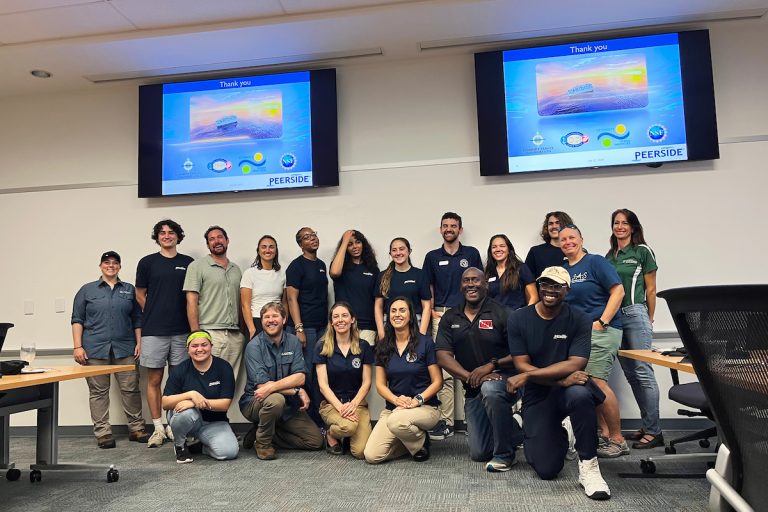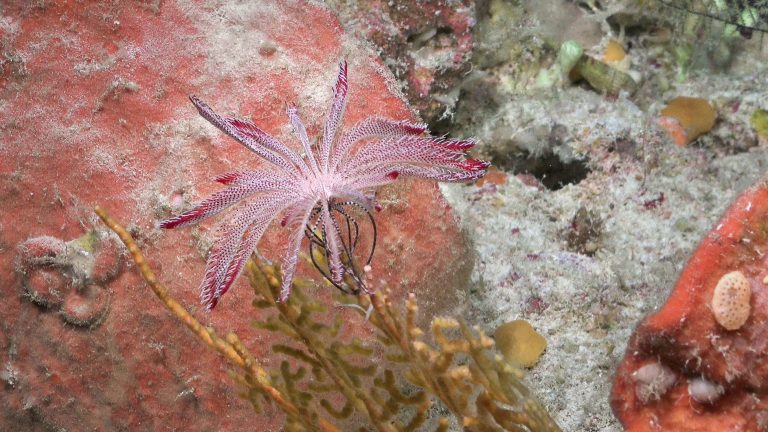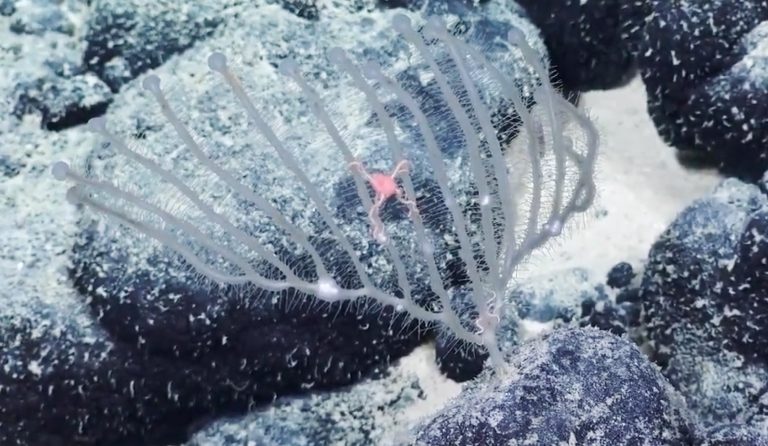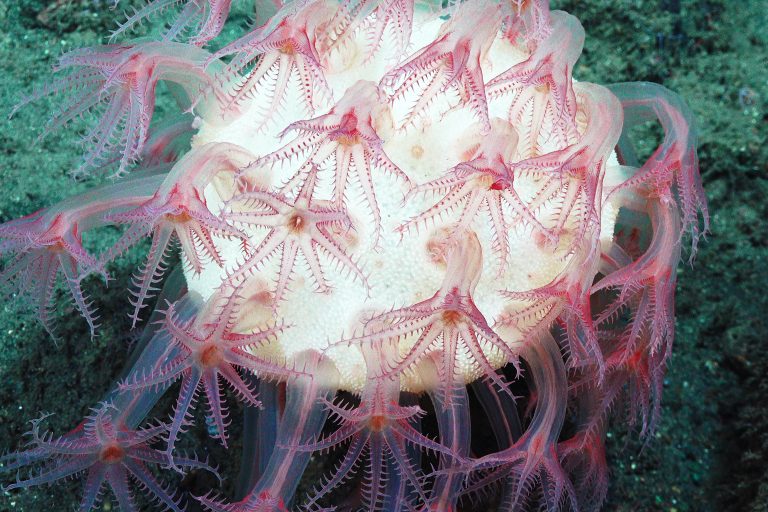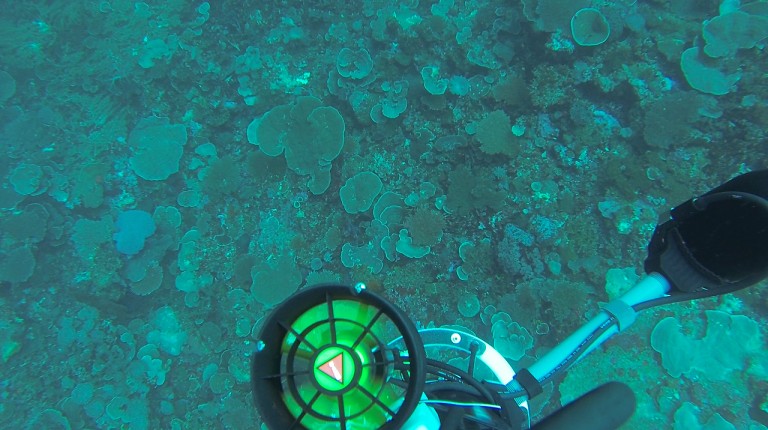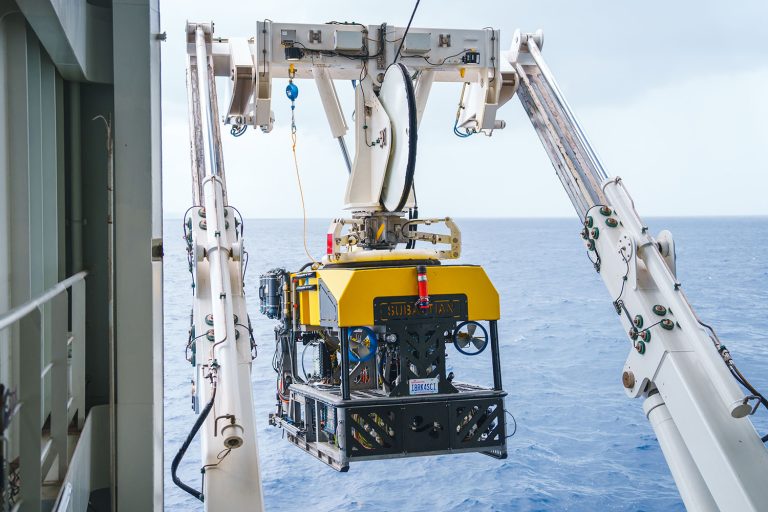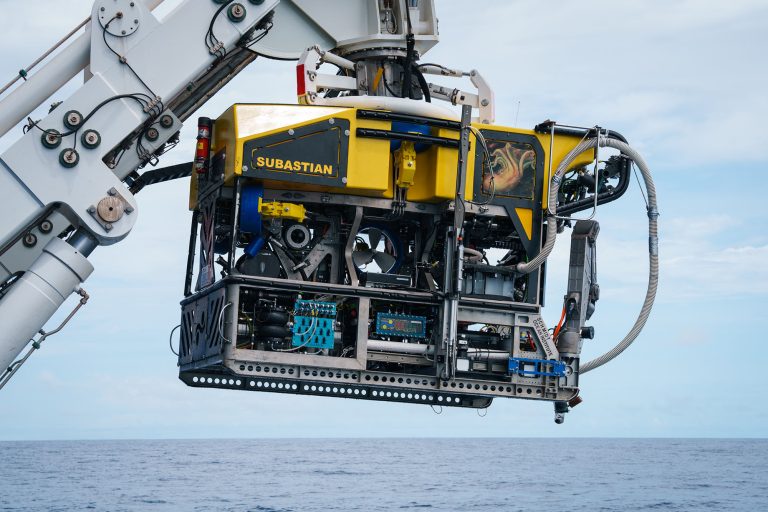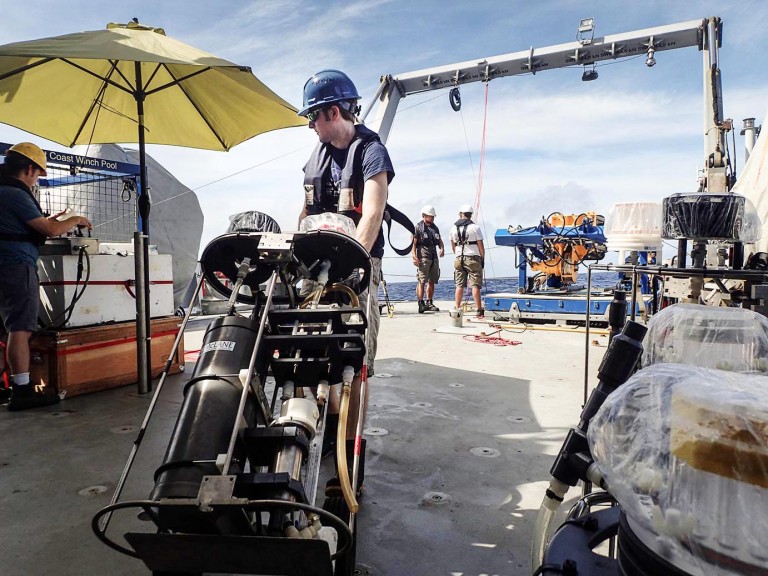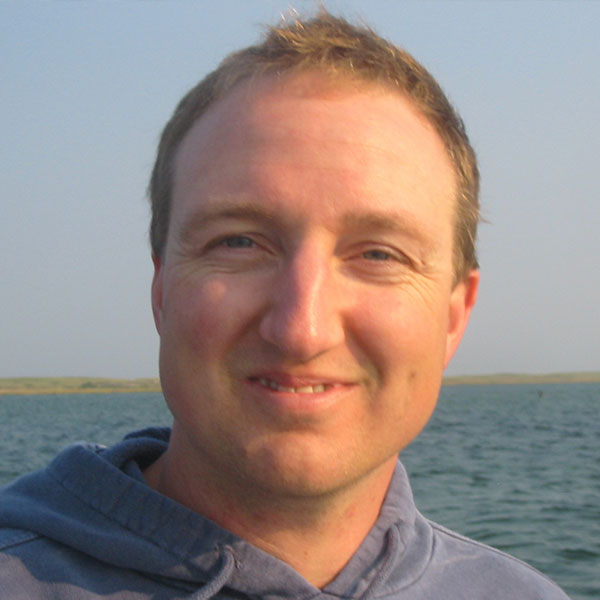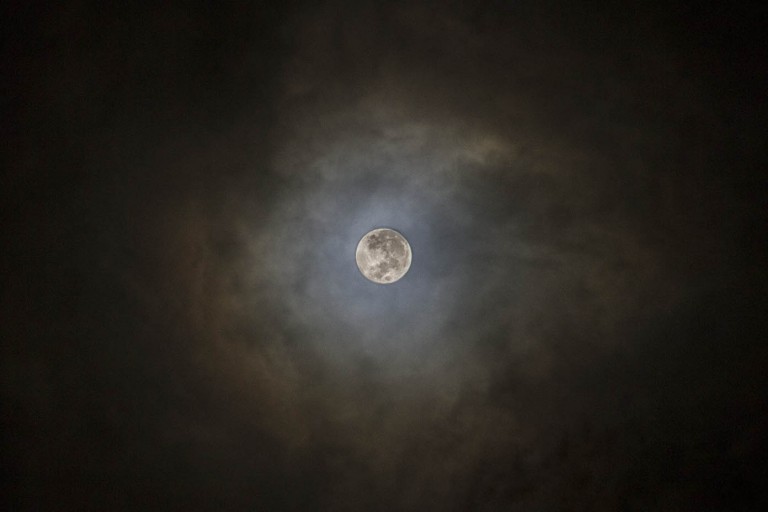Page: Partner & Grantee Spotlight – Chapter 5, 2023
Ocean Rising Brings High Fashion to Sea Ocean Rising is an initiative of SOI and Nekton to deepen people’s relationship with the Ocean by galvanizing connections and tangible initiatives within significant sections of global culture from the arts, fashion, sport, music, gaming, film, literature, and food amongst others. Ocean Rising is currently focused on music … Continued
